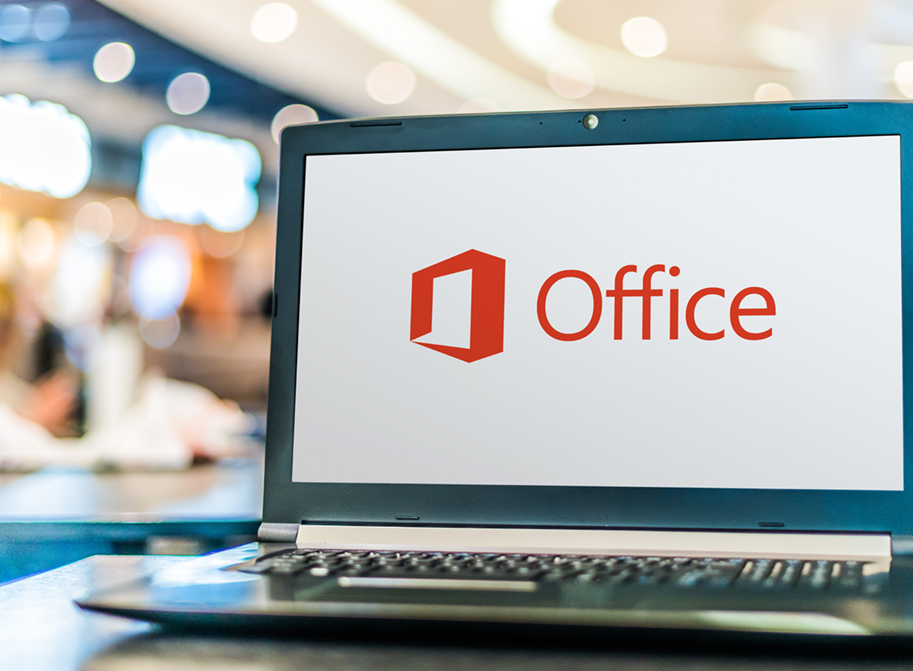Migrating to Office 365 can seem daunting. What license is right for your organization? How does subscription-based software differ from what you currently have? Where will your data be stored? These questions and many more will need to be answered as you work through the migration and, with a little research and the right partner, there is nothing to fear.
First, it’s important to understand what Office 365 is and how it differs from previous iterations of Microsoft offerings. Office 365, also known as Microsoft 365, is a subscription model software, where instead of buying the software once for a large up-front cost, you pay a smaller monthly fee that provides access to the latest versions of the Microsoft suite of products. Although subscriptions vary in price and complexity, many include both downloaded versions of Microsoft’s core applications (Word, PowerPoint, Excel, and Outlook) and online versions of them as well, allowing for access from anywhere on any device.
Once you’ve determined that Office 365 is right for your organization, you’ll need to determine what subscription (also known as license) is right for you. Licenses vary in price and included features, ranging anywhere from $2.50/user/month all the way up to $57/user/month. How will you know what’s right for you? To start, do your best to answer the questions listed below. This will help narrow down the list of licenses that can potentially meet your needs.
- Do users need Office applications downloaded on their computers or will the web-based version be sufficient?
- What size mailbox will users require?
- What applications and tools does your organization use?
- Are there any specific security requirements for your organization?
After determining your licensing needs, it’s important to establish where your organization’s data will be stored and how users will access it. Again, it will be helpful to do some self-assessment to assist in making this decision.
- Do you need to access and work on documents and files remotely?
- Do you need to be able to share documents with others, including other’s from outside your organization?
- How much data do you have?
- Do you plan to collaborate using Microsoft Teams frequently?
- Will you need your data to be backed up?
In our 11 part blog series, we we’ll review all of the questions above and deep dive into how the answers can help you understand Office 365. Understanding Office 365 and its licensing and data storage requirements are important first steps for undertaking a migration project. However, that’s only the tip of the iceberg. Working with an experienced Microsoft partner like Solution Builders will help you navigate through the rest of the project, from account creation and configuration to data migration and end user training. Let us know how we can help in planning your migration to Office 365.
Explore part 2 in our series answering the question: Which Office 365 license is right for your organization?
Last Updated: 3-18-2022


